Cephalopholis argus a.k.a. Blue-spotted Grouper, Roi, Peacock Grouper
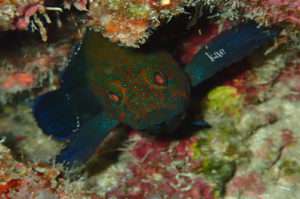
Common name in the Philippines: Lapu-lapu, Pugapo
IUCN Red List Status: Least Concern (although the species may face the threat of overfishing. Sadly, this species is being sold online as aquarium pets for as low US$ 40 for a 2.5-inch specimen or as high as US$ 350 for a 10-inch specimen).
Habitat and Species Reach
The Peacock Grouper is one of the most widely distributed of the grouper family. They can be found along the Indo-Pacific region, Red Sea to South Africa and east to French Polynesia and the Pitcairn Islands group, including northern Australia, Lord Howe Island and southern Japan (Heemstra and Randall 1993). They have been found in groups and solo in as deep as 40 meters but they normally hang out in depths shallower than 10 meters, passively lurking in exposed fronts of reefs for unsuspecting prey.
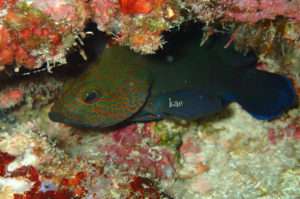
Peacock grouper in Moalboal, November 2016
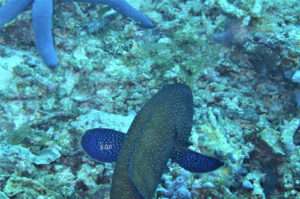
Peacock grouper, Bohol, November 2016
Identifying Marks
An attractively marked reef fish, the Peacock Grouper has a dark brown to yellowish body covered in many small, black-edged blue spots. The spots are smaller and more numerous on the head, and there are usually five or six pale bars on the rear half of the body, and a large pale area on the chest.
The Peacock Grouper is sometimes confused with C. cyanostigma, the bluespotted hind, due to the similar color pattern of reddish-brown background and blue ocelli covering the body. The major difference is that the pectoral fins of the bluespotted hind are edged in yellow-orange distally.
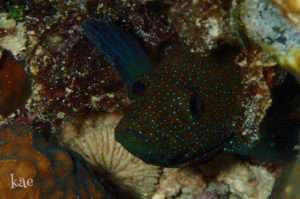
Peacock grouper, Kontiki Marina Mactan, October 2016
Fun Facts
- The species name Argus comes from the hundred-eyed giant of the same name in Greek Mythology. We’re certain you can see the resemblance.
- In Hawaii, Peacock Groupers are believed to be carriers of Ciguatera toxin, a heat-stable lipid soluble compound, produced by dinoflagellates and concentrated in fish organs. When ingested by humans, Ciguatera can cause nausea, pain, cardiac, and neurological symptoms.
- In Hong Kong, they can be seen being sold in food markets for HK$ 40 a pound. In the Philippines, this species is also being consumed as food.

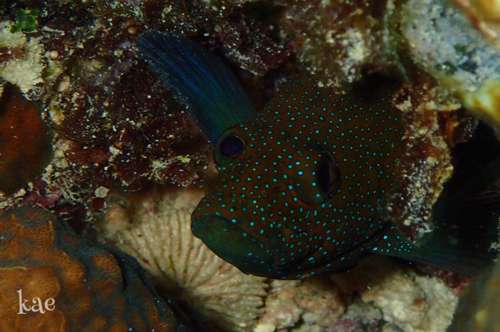
Recent Comments